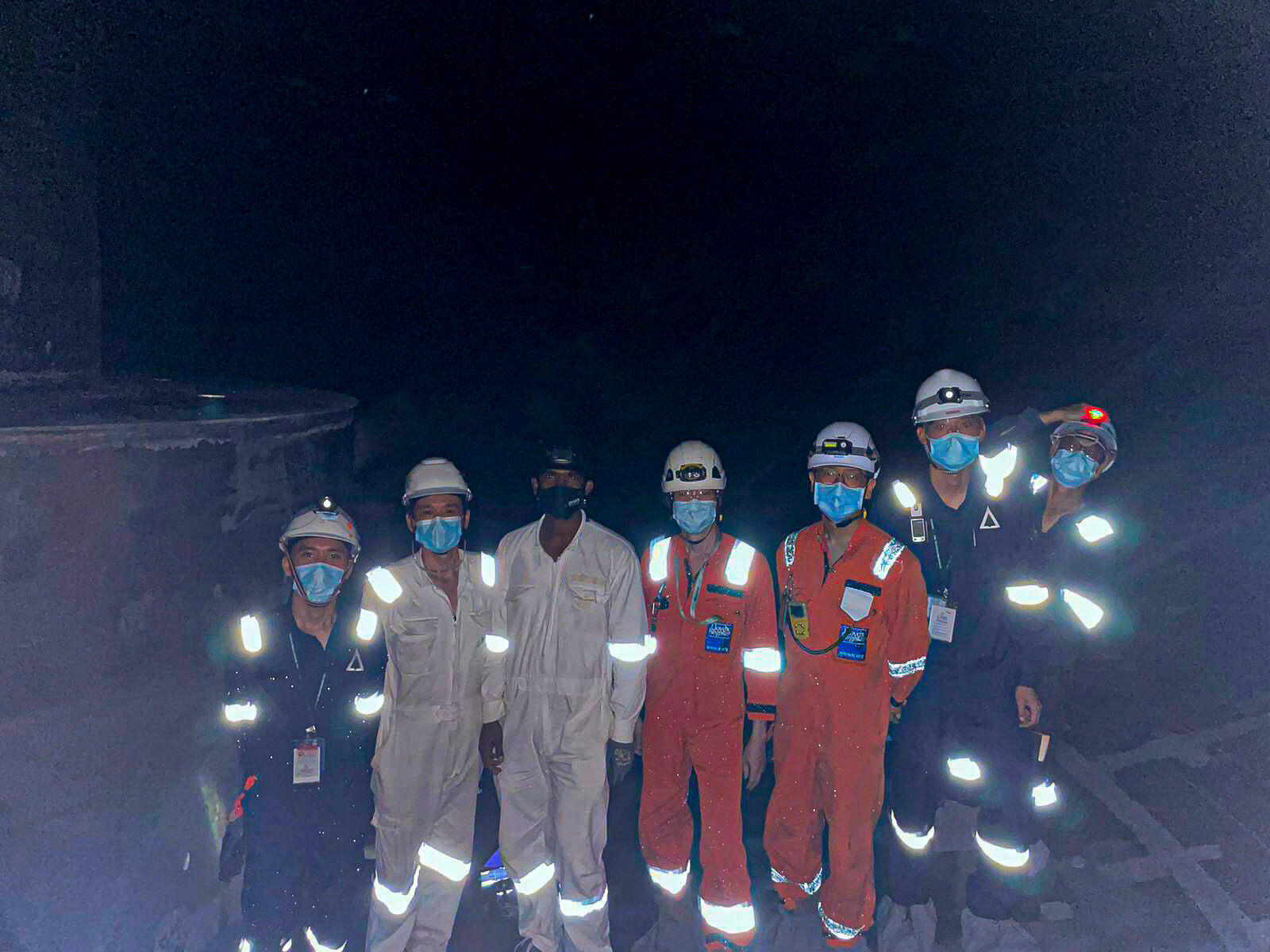What's In a Name?
/Recently we were on-site at Marina Bay in Singapore to photograph the iconic Singapore skyline, from an aerial perspective of course.
When we fly, curious passerbys would frequently come up to us to ask questions. To the point where we joke that we should print a FAQ on the back of our company shirts. Normally, we gladly share our experience with drones - but not while flying! As full concentration is needed once the drone is airborne. So we may come across as stand-offish once the drone is in the air, but that really is not the case :).
So this time we were approached by a gentleman, and he was highly interested in our aircraft. A short chat revealed he was a KLM pilot in transit from Singapore - the real deal! He not only flew commercial jets, he also flew radio-controlled gliders, and the kicker? He had a personal Tiger Moth at home, which is a pre-WW2 biplane with wood and fabric construction!
Fans of Roald Dahl would probably recognize the plane from his autobiography "Flying Solo". (Which I read many times as a youth).
de Havilland Tiger Moth - Wikipedia
The gentleman joked that our drone was probably much more advanced than his 85 year-old airplane, and looking above picture and the drones that we fly today, I agreed they could not be any more different.
But when I went to look up the Tiger Moth on Wikipedia, I found that there was a surprising link between the two aircrafts!
"A radio-controlled gunnery target version of Tiger Moth appeared in 1935 called the DH.82 Queen Bee; it used a wooden fuselage based on that of the DH.60 Gipsy Moth (with appropriate structural changes related to cabane strut placement) with the wings of the Tiger Moth II.[8]
There were nearly 300 in service at the start of the Second World War. It is believed the name "Drone" derived from "Queen Bee". These aircraft retained a normal front cockpit for test-flying or ferry flights, but had a radio-control system in the rear cockpit that operated the controls using pneumatically driven servos."
-Wikipedia
How about that! The plane of almost a century-old design was possibly the name-sake of the the modern day drone!
This concludes a little drone history lesson!














